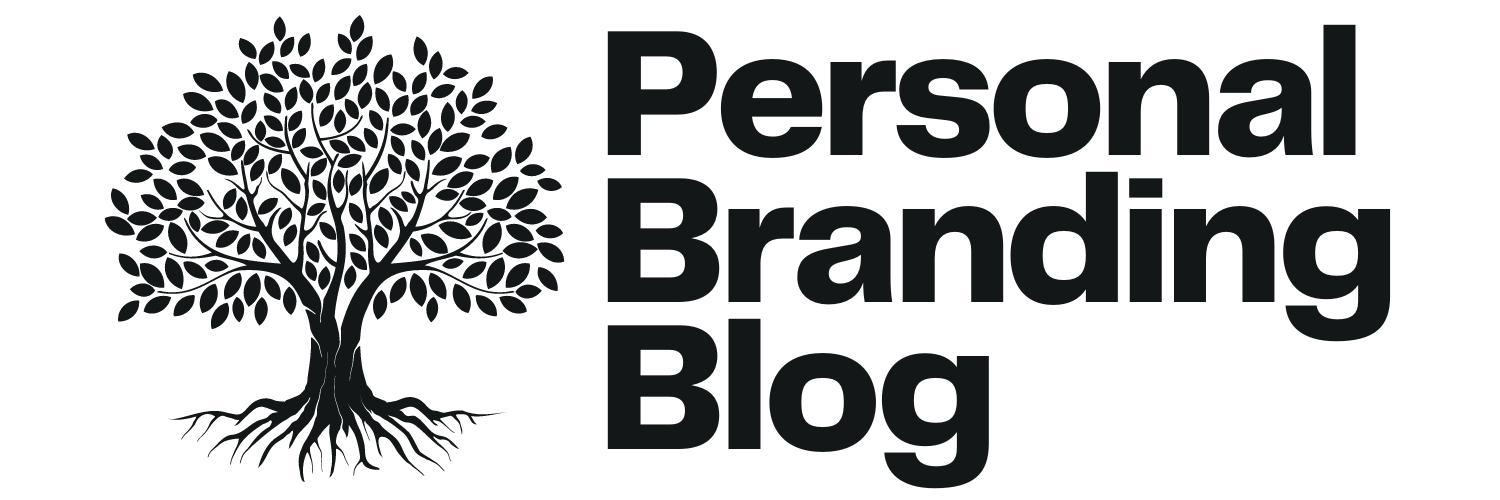Have you ever walked by a store, paused for a moment, and then found yourself stepping inside—almost against your better judgment?
I know I have, and it always fascinates me. Sometimes it’s the stylish window display, other times it’s a special offer that nudges me to explore.
Branding doesn’t stop at having a snappy slogan or a sleek logo. More importantly, it’s about understanding how to connect with people on a deeper, more instinctive level.
Over the years, I’ve become increasingly interested in why certain messages resonate while others fizzle out. The more I studied, the clearer it became: there are specific psychological triggers that make us lean in and say “yes.”
Let’s walk through eight of these triggers, each one offering a window into human behavior that can make your brand more inviting, compelling, and worthy of a second look.
1. Reciprocity
You may have come across articles in business websites that highlight the power of small acts of generosity in business. I find those discussions fascinating because they validate something we instinctively know: being nice goes a long way.
It’s all about reciprocity — that innate urge we all have to give back when we receive something first. Whether it’s a small gift or a heartfelt compliment, people tend to respond in kind.
I remember launching my first personal branding workshop and offering a free mini-consultation to anyone who showed genuine interest.
I was amazed at how many participants returned the favor by recommending me to their friends or sharing positive reviews on social media.
That initial gesture set the tone for a real, two-way relationship.
If you can incorporate genuine kindness into your brand—like providing valuable, free resources or even personal notes of thanks—people are more likely to return the favor.
They see that you’re not just chasing a sale; you’re building trust. And trust is the bedrock of every solid “yes.”
2. Social proof
Social proof is the domino effect in the world of persuasion. When we see a crowd gravitating toward something, we’re more inclined to follow suit.
Related Stories from Personal Branding Blog
It’s the reason so many people check restaurant reviews before deciding where to eat. Or why they read film reviews before deciding to spend time and money on a movie.
I’ve fallen into that trap myself, reading ten customer testimonials before buying a simple pair of headphones.
Why? Because social proof offers a shortcut to evaluating whether something is worth our time and money.
In the context of your brand, showcasing endorsements, testimonials, or user-generated content can amplify your credibility.
- 7 traits of people who express themselves better through writing than speaking, says psychology - Global English Editing
- People who regularly witnessed arguments growing up often display these 8 behaviors as adults, according to psychology. - The Blog Herald
- 8 ways to shut down a manipulator without losing your cool, according to psychology - Global English Editing
If respected voices or satisfied clients vouch for you, newcomers feel safer saying “yes.”
Every piece of positive recognition is a little nudge that says, “Others have trusted me, and so can you.”
3. Scarcity
Scarcity is about the power of limited availability. Let’s admit it — when something is in short supply or only accessible for a brief window, we tend to want it more.
I once hosted a branding webinar with a limit of just 30 seats. The moment I announced “Only 5 spots left,” the registrations spiked.
I wasn’t tricking anyone—there truly were just five spots left. But the notion that time was running out pushed people to act quickly, rather than thinking, “I’ll sign up later.”
People dislike missing out on opportunities, so if you can frame your offer as exclusive or time-sensitive (in an ethical and honest way), you’ll see a stronger response.
Use scarcity sparingly, though. Overusing phrases like “limited offer” can come off as inauthentic. And authenticity is what keeps people saying “yes” for the long haul, not just once.
4. Urgency
Urgency and scarcity are closely related, but urgency focuses on the ticking clock. It plays on our instinct to act fast before an opportunity slips away.
While scarcity emphasizes limited quantity, urgency pinpoints a time limit. Maybe your offer ends at midnight or your product is only available for a week.
I remember reading an interesting study about how deadlines can spur us into making a purchase, especially if we’re the busy type.
I’ve personally set deadlines on courses or workshop enrollments because it forces people to make a decision rather than letting it linger in their to-do list.
They either jump on board, or they let the opportunity pass, but at least there’s movement.
A key note: just like with scarcity, use urgency ethically. Don’t say “ends tonight” if you plan to keep the offer open.
Transparency breeds trust, and trust is the underlying current running through all these triggers.
5. Authority
Authority is about positioning yourself or your brand as a credible source of information or expertise.
Think of how doctors hang their diplomas on the office wall. It’s not to show off; it’s to set the stage for trust. After all, people naturally listen to those who demonstrate expertise.
Personally, I’m more likely to buy a leadership book from someone who’s spent years researching or practicing leadership than from someone who just woke up one day and decided to write about it.
For me, this trigger really clicked when I began referencing studies and insights from thinkers like Brené Brown and Adam Grant in my workshops.
As soon as people realized I was serious about my craft—drawing on well-researched ideas—they felt more comfortable leaning on my recommendations.
Incorporating credible sources, sharing your own credible achievements, or highlighting professional accolades can all help position you as an authority. Just make sure that your knowledge actually runs deep and isn’t just window dressing.
6. Consistency
We all like our actions and words to line up. Psychologists call this the principle of consistency. And according to psychologist Robert Cialdini, this is a key principle in the science of persuasion.
Once someone agrees to a small request, they’re more likely to agree to larger requests down the road because they want to remain consistent with their earlier behavior.
A classic example: if someone signs up for your email list, they’re more inclined to eventually purchase a product or service if the brand relationship continues positively.
From a personal perspective, I’ve noticed that when I invite new readers to take just one small step—like leaving a comment or downloading a free PDF—they become more engaged over time. That tiny action sets a precedent.
If you consistently deliver genuine value after that initial agreement, people feel good about sticking around. Consistency is a powerful bond, so encourage small steps that lead to bigger leaps.
7. Liking
We tend to say yes to people we like, and we often like people who are warm, relatable, and sincere.
This principle is straightforward: the more genuine rapport you build, the easier it is for people to trust your brand.
I’ve noticed in my own journey that when I share a personal anecdote or a relatable challenge, readers lean in. It’s like we’re having a real conversation rather than just me talking at them.
So how do you harness the power of liking? It starts with vulnerability and sincerity.
People can sense when you’re being you, rather than reading from a script. The moment I stopped trying to sound “perfect” and began embracing a more relaxed, personal tone, I saw a difference in the way people responded.
That shift made my workshops feel less like lectures and more like heartfelt discussions. And a heartfelt discussion is something people tend to say “yes” to.
8. Emotional connection
Lastly, people say “yes” to brands that make them feel something. We’re emotional creatures at heart—even the most rational among us.
I recall the time when I chose a particular charity to support. It wasn’t the most high-profile organization, but their heartfelt stories about the families they helped tugged at my heartstrings.
That emotional connection sealed the deal and I gladly donated.
In personal branding, this could mean sharing why you started your venture, who you aim to help, or even a challenge that sparked your brand’s mission.
When you’re willing to show your humanity, you encourage others to reciprocate with their own feelings, hopes, and even vulnerabilities. The “Pratfall Effect” comes into play here, where people find you more likable when you’re not afraid to show your imperfections.
If your brand is consistently weaving an authentic emotional thread through its messaging, people won’t just say “yes” once—they’ll keep coming back. They’ll see your brand as part of their own story.
Conclusion
We’ve covered a lot of ground with these eight psychological triggers. From reciprocity to emotional connection, each principle taps into something fundamental about being human.
And really, that’s the secret sauce of personal branding: understanding that at the other end of every click, comment, or purchase is a person who wants to be seen, heard, and respected.
If these triggers spark ideas for you, try out one or two and see how your audience responds. Notice what resonates with them, adjust where needed, and keep refining.
Over time, these strategies turn into habits that shape the way you present yourself and your brand.
My own journey has taught me that the strongest “yes” is built on genuine connection—people saying “yes” not just to what you offer, but to who you are.
When you lead with authenticity, the rest often falls into place.









